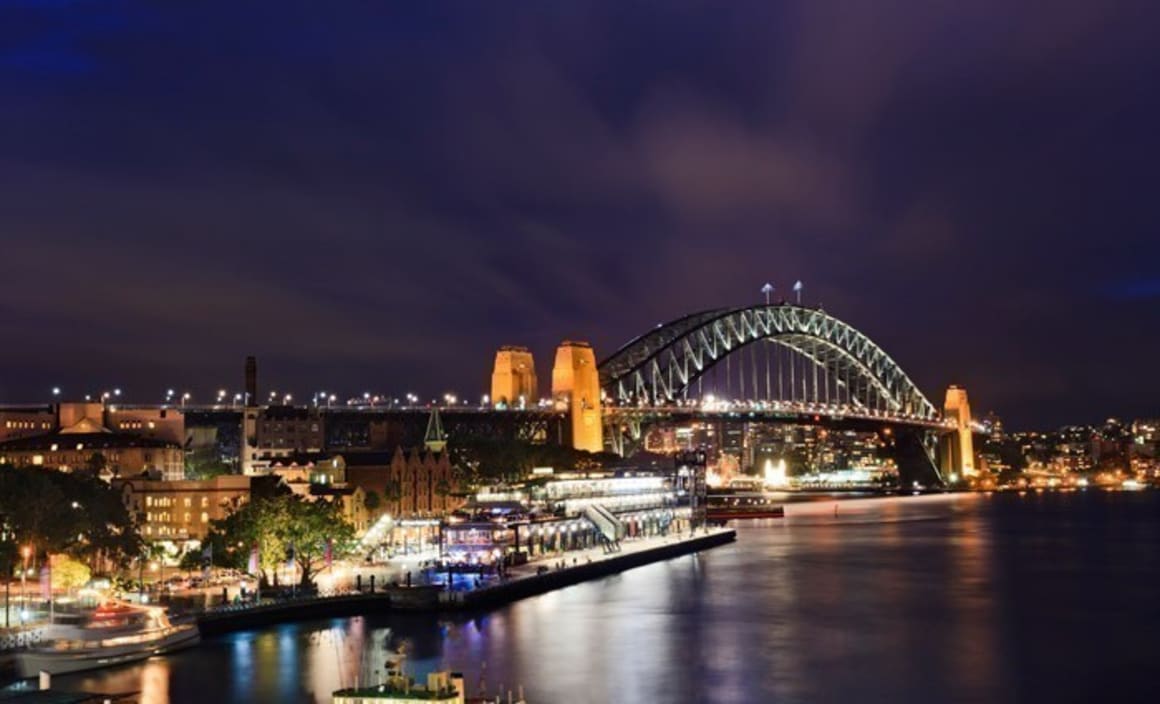Sydney ranks fourth for long-term capital growth: Terry Ryder

Amid media’s multiple orgasms over Sydney price rises, the factor overlooked is how poorly the city had performed on capital growth in the decade before its belated resurgence.
Hotspotting’s latest survey for the Capital Growth Superstars report shows that Sydney still ranks only fourth among the capital cities for long-term capital growth. Perth is No.1, marginally ahead of Melbourne and Darwin.
Perth’s market peaked in the middle of 2013 and been gradually subsiding since then – but, in terms of long-term growth rates, it still has more suburbs with strong growth averages than any other capital city. All but one of the Perth Top 20 average above 9% per year (which means property doubles in value every eight years).
The recent Sydney boom has elevated the city from 6th late in 2014 to 4th in mid-2015 – an improvement, but still mediocre for long-term growth. Fourteen of Sydney’s Top 20 suburbs have long-term growth rates below 8% - not nearly good enough to make the Top 20 lists for Melbourne, Perth or Darwin.
No suburb in the vast Sydney metropolitan area has a double-digit growth rate. The best is Pemulwuy (median price $720,000) in the city’s western suburbs, with a long-term growth rate of 9.5% per year. Most of the suburbs in the Top 20 have growth rates in the 7.0% to 8.0% range.
At first glance, it appears that the Top End suburbs dominate Sydney’s Top 20 list, as 19 of the Top 20 (all except Pemulwuy) have median prices above $1 million. But, in fact, these are mostly suburbs a tier below the Top End.
In Sydney, the 15 most expensive suburbs all have median house prices above $2 million. None of the 20 most expensive suburbs (all with median prices above $1.9 million) make the Sydney’s Top 20 list for long-term capital growth. Most of them have growth rates below 5% per year.
Sydney’s Top 20 is dominated by 15 suburbs in the $1 million to $1.5 million range, which is Sydney’s second tier market.
This factor is common to most of the capital cities. Most of the Top 20 lists, including those in Melbourne, Brisbane, Adelaide and Canberra, are dominated by the middle market. The exception is Perth, where the cheaper end of the market fills most of the spaces on the Top 20 list.
In Sydney, the outstanding precinct is the Ryde LGA on the lower North Shore, which has four suburbs in the city Top 20. Ryde is the only municipality with more than two suburbs in the Top 20. Its four top suburbs are Eastwood, Ryde, Denistone East and West Ryde, all with median prices in the $1.1 million to $1.3 million range.
The prestige end of the market, suburbs with median house prices above $2 million, continues to deliver poor capital growth rates. Indeed, three of the most expensive suburbs of Sydney are included in the Bottom 20 list of suburbs with the worst growth rates in the city.
Vaucluse (median $3.4 million), Palm Beach ($2.6 million) and Clontarf ($2.5 million) all have growth rates of 2.1% per year or less. Clontarf’s 1.3% grow rate means it would take 55 years for property to double in value (compared to eight years for Pemulwuy).
There are four other million-dollar suburbs on the Bottom 20 list.
The worst precinct in Sydney for capital growth is the Sutherland LGA in the south of the metropolitan area – it has four suburbs (Burraneer, Bundeena, Lilli Pilli and Illawong) on the Bottom 20 list, all with growth rates below 2% per year.
TERRY RYDER is the founder of hotspotting.com.au. You can email him or follow him on Twitter.
Terry was recently joined by Property Observer editor at large Jonathan Chancellor for a webinar on why research is the key to successful property investing in 2015. You can download slides and audio from the webinar here.